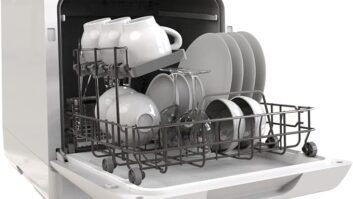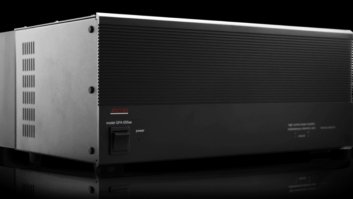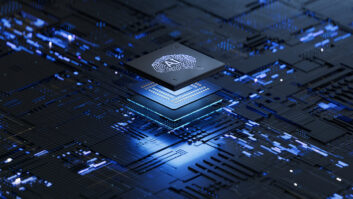As consumer spending continues to grab larger chunks of the notebook computer market, chipmaker Intel is bolstering its behind the scenes role of developing technology to make these products even more appealing.
With notebook sales up 23 percent this year over 2000 and an expected one-third of all notebook sales ending up in consumer homes by 2005, Intel knows keeping its eye on the notebook market is in its best interest. Part of this drive is Intel’s continuing effort to push mobile processor speeds higher, but the company is also spending a great deal of research and development dollars on wireless networking and supplemental background technologies. The latter includes power saving technology and software, much of which Intel develops and then hands off to third-party developers to market.
Donald McDonald, director of Intel’s mobile platform group, said consumers are realizing, in ever larger numbers, that full-featured notebooks can replace their bulky desktop PCs without any loss of performance. (A fact that has driven business purchases of notebook in over the past several years.) Once these people enter the mobile computing world they are likely to stay, but take it to the next step, McDonald said.
“The next notebook purchase they make they will go to a smaller form factor, but want the same performance,” he said.
Bob Nitzberg, marketing manager for Pavilion notebooks for Hewlett-Packard, backed up the Intel claim stating that 50 percent of all Pavilion sales now go for consumer, and not business, use.
The method Intel is using to convince these potential second-generation notebook purchasers to stick with a mobile model and not revert to a PC is to make the small, light models as powerful and useful as possible, especially when they are used away from their home environment. This includes building wireless technology such as 802.11b and Bluetooth wireless networking technology. The company is now spending a great deal of effort touting products like its 802.11b PC cards that enable notebooks to instantly access wireless local networks in homes, offices, hotels and airports.
At the same time, Intel is pushing forward on Bluetooth. McDonald said the cost of embedding Bluetooth in portable products has dropped dramatically with the price down to around the $5 mark, which he called an important landmark as this has no impact on the overall price of a product.
McDonald sees these technologies living side by side with 802.11b being used in more established LANs and Bluetooth when notebooks need to communicate with devices like printers or digital cameras. Intel, an original developer of Bluetooth along with Nokia and Ericsson, see it filling many niche requirements that allow a variety of handheld devices to communicate with each other. But Bluetooth will not act as a primary network due to its low data transfer speed.
Each technology solves a particular problem for a notebook owner. Due to high power consumption, reasons it does not pay for the average owner to use a notebook in an 802.11b wireless network while on battery power, McDonald said. Under these conditions a battery would be drained fairly fast as 802.11b draws about 4.5 watts of power when transmitting, compared to the .75 milliwatts drawn by a Bluetooth transmitter.
All of this added value will boost notebook computer popularity.
“We see notebooks following the cell phone market,” McDonald said, “with the lighter [the model] the better and we need a wireless infrastructure to be in place to help push sales.”













